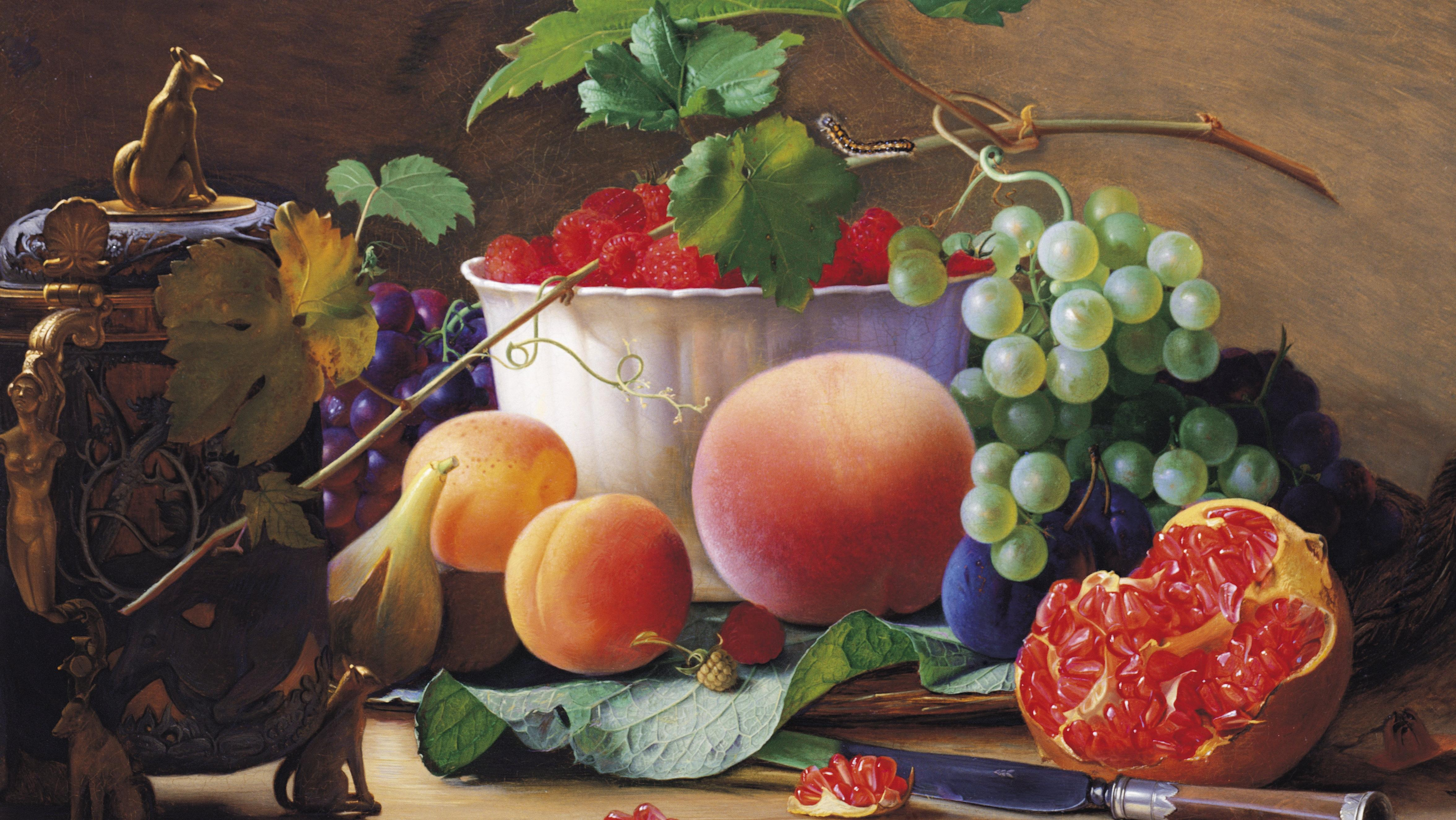Please Don't Decorate Your Home With Realistic Fake Food
I thought I saw my last plastic apple in a bowl years ago, but I was wrong.
Stop! If you're decorating your home and you pick up a plastic piece of fruit and think, "This would look great in a cut glass bowl," put it down and back away. In the same way that time quarantining at home motivated some people to clean up their space and Marie Kondo their belongings, New York Times writer Emma Grillo now reports that maximalism is making a comeback and fake food home decor is part of it.
Grillo describes the home decor trend as one that "embraces pattern, color and ornamentation." Some examples of popular food decor: charcuterie and cheese candles, fake cakes, and spilled wine glasses. Yes, spilled wine glasses like the ones used at furniture stores to show that the fabric is stain resistant. Oh, and gelatin salad lamps.
Perhaps it's a repressed childhood resentment toward fake food being literally inedible, but I just don't understand the appeal of it at all. When you're presented with a plate of food and it contains some sort of big inedible decoration on it, aren't you annoyed that you paid for something you can't eat? The purpose of food is to be eaten, and the purpose of decoration is to be pleasing to the eye, not to masquerade as food.
Despite my personal abhorrence for the practice, fake food lovers and fake food producers are doing quite well. Grillo spoke with a California artist, Elrod, who started making fake gelatin salad lamps during the pandemic using recipes from midcentury cookbooks. Elrod's lamps sell for anywhere from $100 to $3,500. Grillo also notes that Etsy has seen a 36% increase in searches for faux cakes on the site in the last three months and a 32% increase in searches for food-inspired candles.
While I understand that fake cakes and other creations can bring a sort of homey touch, unless that decor has a cute little cartoon face or something on it to indicate it is not even close to real, I'm not touching it.
